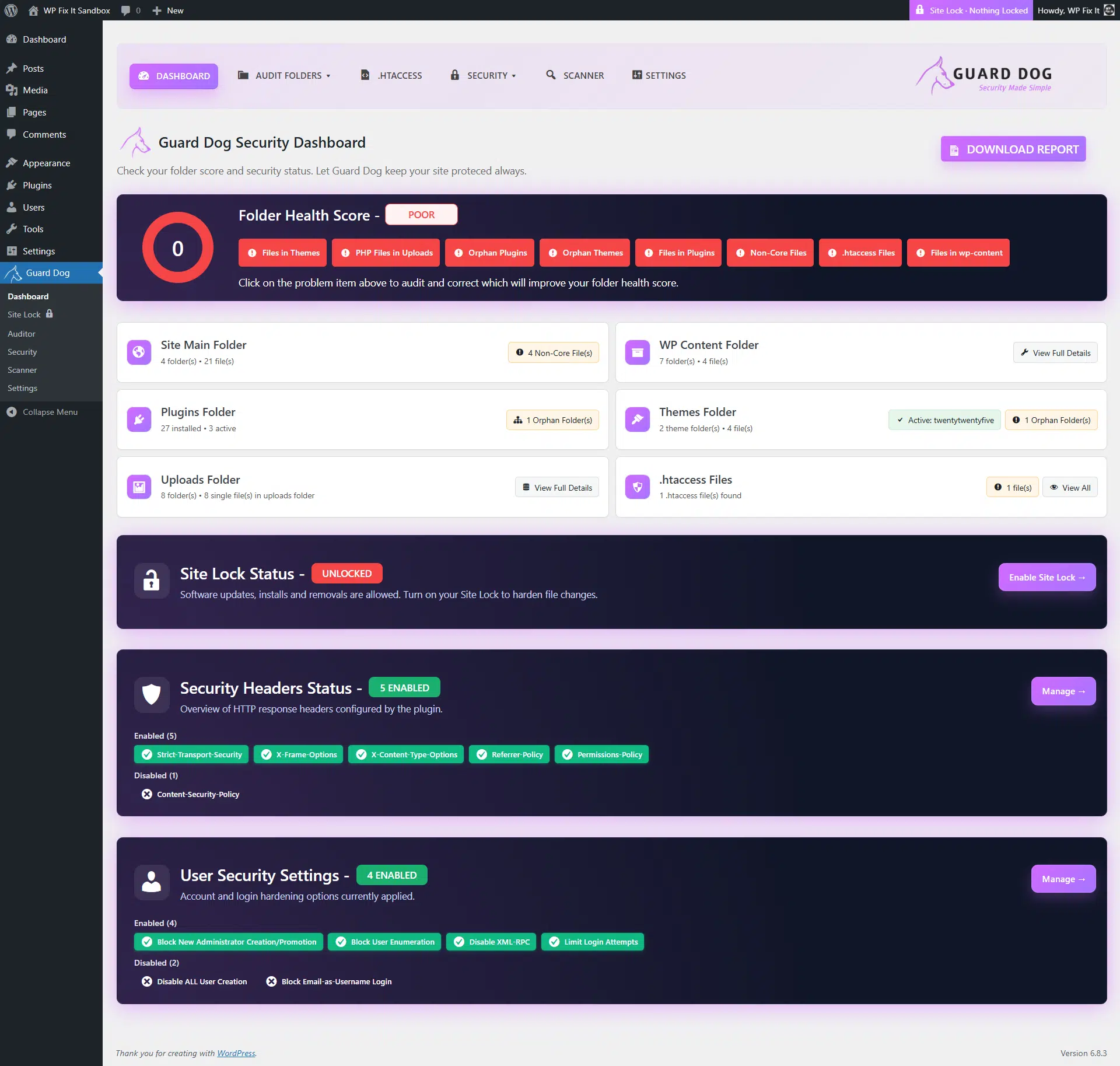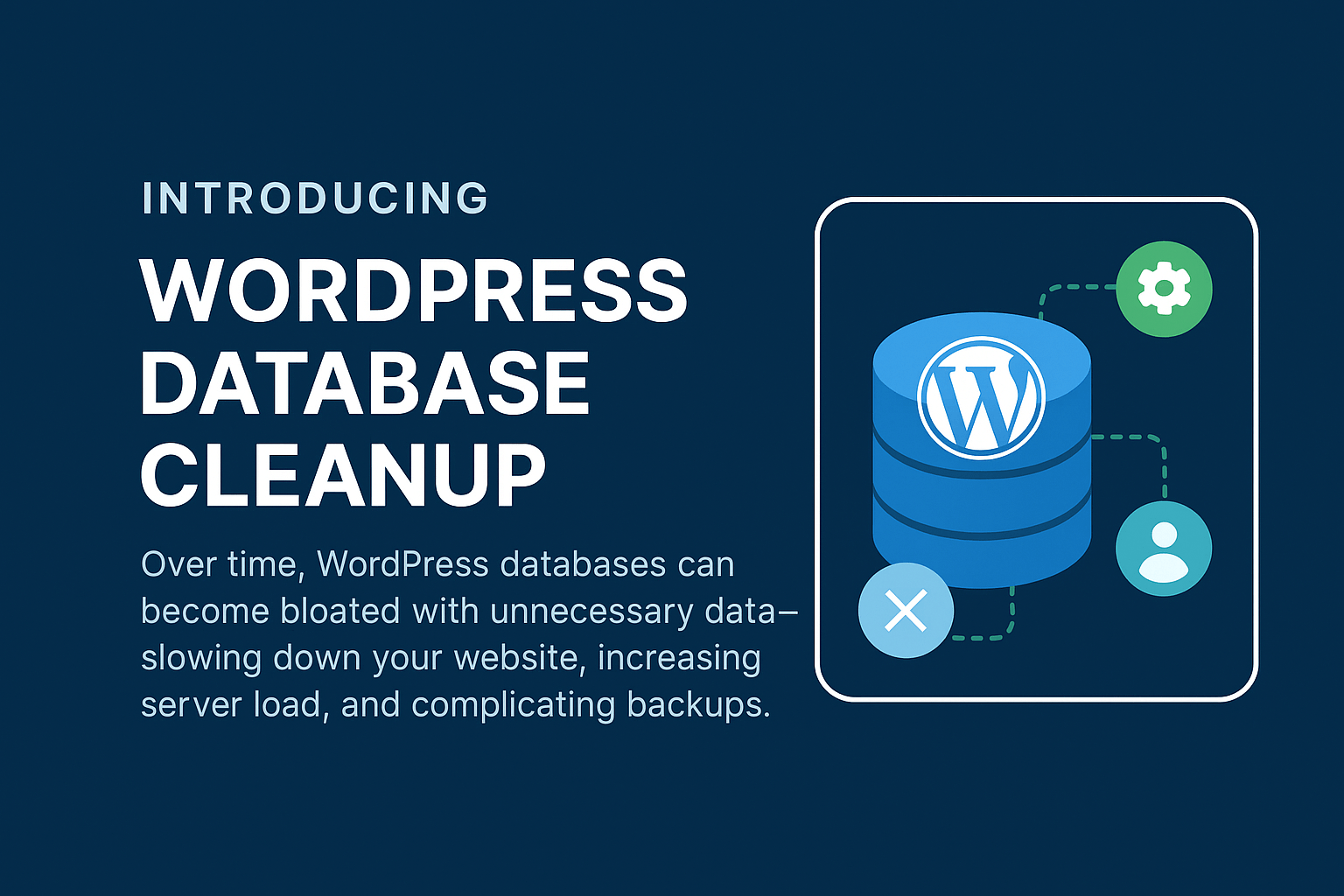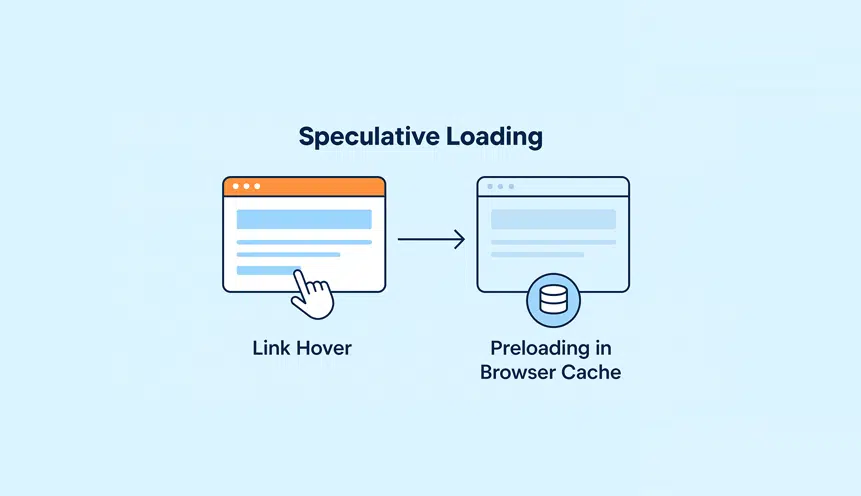Need to learn more about WordPress Digital Marketing?
WordPress Digital Marketing is a crucial aspect of any online business or website, especially if your goals are to reach new audiences and generate more traffic.
The internet and WordPress have provided you with a platform and an opportunity to gain more organic traffic to your site, reach a broader audience on social media, and generate more leads.
However, digital marketing is the only thing that will help you achieve your goals. Consequently, the only way you’ll know if you’re on the right track to reaching your goals is through metrics.
In this article, we’ll look at the best ways to measure your success and the most important metrics.
Let’s take a look.
Start with a goal – WordPress Digital Marketing
How do you know if you’re on the way to success if you haven’t defined what success is for you?
Also, knowing your goals gives you a clear direction – meaning you’ll know exactly what you’re striving towards.
Without goals, you’re extremely limited with your analysis, regardless of the metrics that you use.
Essentially, you’ll track your metrics and find out if you made some progress or not that much progress. It’s too vague and doesn’t prove overly helpful for digital marketing.
Your goal should include: – WordPress Digital Marketing
A definite time frame – This will help create a sense of urgency with your goals, and help you and your team drive towards them at a collected speed.
Real numbers – Try to give direct figures and stats when setting your goals. For instance, rather than saying “increase new visitors to your site,” opt for “drive 10,000 new visitors to the website.” It’s less ambiguous and gives you a checkpoint to aim for.
How you’ll achieve them – What are your methods for reaching your goals? What digital marketing tactics will you use?
Don’t forget to follow the “SMART goals” method, where every goal has to be:
S -Specific
M- Measurable
A – Achievable
R- Relevant
T – Time-bound
Set up a template – WordPress Digital Marketing
Every digital marketing campaign or strategy works best when there’s a template or plan to follow.
Your template will serve as a guideline, which will help you on your digital marketing journey. It should include factors like your initial goals, things that worked well, things that didn’t work so well, and an overview of what happened during every campaign.
Of course, once you decide on the metrics that you use, these can also be placed into this template.
Not only will this template help you track your current campaigns, but it will help you with future digital marketing strategies.
The best metrics for digital marketing with WordPress – WordPress Digital Marketing
Now that we have the logistics out of the way, it’s time to look into digital marketing metrics, that you can track.
There seems to be an infinite amount of metrics that you can use to track your success, but not all of these will be relevant to you and your specific goals.
Read through the below metrics, and decide which ones would be the best for your KPIs, and that should be the perfect starting point.
- Traffic and source – WordPress Digital Marketing
One of the most important metrics to measure is the overall website traffic.
Your website is a crucial aspect of your company or brand. It becomes your label, your home base, and often your first point of contact for many of your potential customers or clients.
For this reason, the majority of your digital marketing efforts will likely focus on driving traffic to your WordPress site.
Even if your individual goal is to gain more social media followers or develop your email list – this will ultimately be to acquire more visitors to your site.
You should continuously be tracking the traffic to your website. If your digital marketing strategy is working out, you’ll likely see a steady growth of traffic.
However, if you’re still conducting steady marketing efforts, and your traffic is declining, you may want to consider double-checking over your strategy, and troubleshooting your website.
Also, you should track where your traffic is coming from.
With such a vast array of different sources, it’s vital that you track every single root.
You can use this to determine which sources are the winners, and which ones may need a little more attention. It’s also a great way to decide where you will spend your precious time creating great content.
The primary website traffic sources are:
- Organic search – The users that searched and clicked from a classic search engine like Google.
- Direct Visitors – These visitors type in your URL straight from the search bar. They could have also bookmarked your website.
- Social – These are the users that come to your website from social media or content posts.
- Referrals – If a link to your site is featured on somebody else’s website, you will often gain users from this other website.
Pay close attention to these metrics and act upon them.
- Visitors – WordPress Digital Marketing
The next metric to track is your visitors. Specifically, whether they are new visitors or returning visitors.
Multiple visits can confirm that you are providing valuable information to people, and they will want to keep coming back.
New visitors can also indicate that your digital marketing strategies are essential. Both are important aspects.
As you release new content (like blogs), review your new vs. returning visitors metric just to check how well it is doing.
Depending on your goals and company, one may be of more importance than the other.
For instance, if you’re looking to drive more organic traffic to your site,
perhaps for a particular service, new visitors may be essential for you too.
If you’re a news site and want to measure how many people come back to your website and read your content, the returning visitor’s traffic metric may be of more importance.
If you want to increase your new and returning visitors, make sure to create and publish valuable content. Use social media to promote all your content, and use mailing lists to send to subscribers.
- Sessions – WordPress Digital Marketing
Sessions are the term for the number of visits that your website receives.
Google, as an example, counts sessions every 30 minutes – meaning if somebody enters your site in the morning and then later on in the evening, it will be considered as two unique sessions.
The metric you need to look out, in regards to sessions, is the duration. Basically, how long are your user’s spending on your website before they click off, and what might be the reason for this?
Some industries generally have longer average session duration. For instance, the hospital and healthcare industry’s average session time is over double that of the information sector.
There are multiple factors that can impact a session duration. For instance, if your website is easy to navigate, the information is easy to find, or if the content you post is valuable.
Tracking these metrics will enable you to make necessary changes. Hypothetically, you could add video content or increase the readability to increase the average session time.
- Most visited pages – WordPress Digital Marketing
If you’re trying to discover which pages your visitors find the most valuable, looking at this metric could be imperative. This could give you information on the pages you need to improve, as well as the pages which are performing well.
Google Analytics gives you an option to check out the Behavior Flow – this will help you find out where your site’s visitors are going, how long for, and other important factors.
- Pageviews – WordPress Digital Marketing
This is the metric for the total number of pages viewed. Importantly, a user who repeatedly visits the same page will trigger this specific metric. However, it remains a critical website traffic metric.
For digital marketing, it’s essential to know how many pages are visited on your website in any given time period. Just like the other metrics, it will help you understand if your site is of value, or if only individual pages are.
With these analytics, you can decide how you can make the entirety of your site just as successful as the other pages.
Remember, some of these metrics may be expected. For instance, your T&C page won’t have as many views as your home page. However, comparing why your “skincare” page has more views than your “meal plans” page, as an example, could be something to look into more.
Marketing benefits significantly from understanding the target audience more.
- Bounce rate – WordPress Digital Marketing
The bounce rate is the term given to users that leave your website (or bounce away) after only viewing one page.
The most common reasons why users bounce from a site is if the site takes too long to load, they quickly realized they weren’t going to find what they were looking for, an error page loaded, or they just weren’t compelled enough to stay.
It’s a great metric to track, as it can showcase how successful or fast your site is. You should, in general, aim to get the bounce rate as low as possible. The only exception is if your visitors enter another site that you send them to.
One of the best ways to combat user’s bouncing habits is by sending them to the specific page that they need or want straight away.
For example, if you’re marketing a specific product or service – make sure you send them directly to the page all about it.
Also, don’t forget to add a call to action, include graphics, and decrease your page load time.
- Exit rate – WordPress Digital Marketing
This metric is different to bounce rate, it’s a little more specific but reveals quite a lot.
“The exit rate will show you exactly where your users leave the website. Essentially, it shows you the exact moment when a user lost interest and decided to exit off your page. Knowing this will help you discover new ways to keep your audience and ensure that they don’t lose interest in the future.“ — Brenda Saunders, Marketing Specialist at Studicus.
- Conversion rate – WordPress Digital Marketing
You can also track the number of conversions made on your site – basically how many of your visitors turn into a download, lead entry, sale, or subscriber, for example.
Of course, other metrics play into this result, and it might not be the thing that you’re focusing on with your digital marketing campaign. However, this is still an important metric to track, and can often highlight to you if you’re making the right marketing moves.
- Social reach and engagement – WordPress Digital Marketing
This will require you to take a trip away from your WordPress site, but it’s still an important metric to track.
Social media metrics tell you exactly how many people reached/saw your content. As you increase your social media efforts, you should see a steady increase in the number of people that you’re visiting.
Use your WordPress site to fully promote and brand your social media profiles – even embedding your own tweets or Instagram posts into posts.
One step further is to reach social media engagement. This refers to the total number of people that interact with any social media post.
For instance:
- Shares
- Likes
- Comments
- Clicks
- Retweets
It’s arguably the most social media metric to track, primarily if you’re focusing on social media in your digital marketing campaigns.
Engagement is also something that you have to do organically, making it one of the most important metrics to measure success.
- Click-through rate – WordPress Digital Marketing
While click-through rates are commonly used when talking about email marketing. However, it can be used when referring to the total number of clicks from any platform.
For instance, if you want your visitors to go to a particular page, you can track your click-through rate for all your marketing efforts.
Your click-through rate is essential to track, as it’s a great signifier of how well your marketing campaign is doing.
- Return on investment – WordPress Digital Marketing
If your digital marketing campaign is costing you money, it’s imperative that you track your return on investment.
Tracking this metric should not come as a surprise, chances are you’re likely already doing this.
The ROI equates to how much investment you’ve made, and also how much you have earned from this.
It’s super easy to lose track of how much money you’re spending, the ROI makes it easy to make sure you’re not going over budget, or wasting money on a campaign that isn’t working for you.
What tools can I use? – WordPress Digital Marketing
Now that we have all the necessary metrics out of the way, it’s time to look into the tools that you can use.
WordPress already puts you at such an advantage. The platform offers you a range of different tools and plugins that you can install.
The key is to not go overboard with how many metrics you measure and the tools you use to do it. Otherwise, it will get overly confusing.
Google analytics – WordPress Digital Marketing
Of course, the number one analytics is definitely Google Analytics. It’s completely free and can be installed using the plugin option on your WordPress site.
You can also install it directly by adding code if that’s something you’re familiar with.
Google Analytics will give you insights into the majority of the metrics that are listed above.
MonsterInsights – WordPress Digital Marketing
This can be used in tangent with Google Analytics, enhancing the benefits. Again, this is one of the best analytics solutions for your WordPress site and shows you useful reports that will track your digital marketing efforts.
This plugin will add a website statistics dashboard into your WordPress admin area. It shows you your top traffic sources – something that is imperative to track. It also ranks your top blog posts, pages, and more – giving you a concise way to see if your marketing efforts are working.
If you’re an e-commerce store, this also comes with tracking for your e-commerce site. Using this data can help prevent cart abandonment on your website.
Social media insights – WordPress Digital Marketing
Of course, you should also be using built-in analytics on your social media profiles.
Facebook, Twitter, Instagram, and Pinterest all offer insights. These will give you all the information that you need regarding reach and engagement.
With these insights, you can work our why individual posts perform better than others, and what you can do to improve your reach and engagement.
Once you have all the metrics in front of you, you can make the necessary changes. Hence why metrics are a crucial aspect of digital marketing.
Conclusion – WordPress Digital Marketing
Keeping a close eye on your website’s numbers is absolutely necessary, especially if you’re introducing a new digital marketing strategy to your WordPress site.
As with everything, it’s essential to define your own success and set realistic expectations and goals. Digital marketing can be a slow process, but seeing steady inclines can be all the information you need to know how well your site is doing.
While merely tracking your social media followers might give you an idea, but it won’t give you an in-depth summary of why and how you’re achieving your goals. e
The metrics above will help ensure that you’re going in the right direction. If not, it will help you decide where and how to make the necessary changes.

















